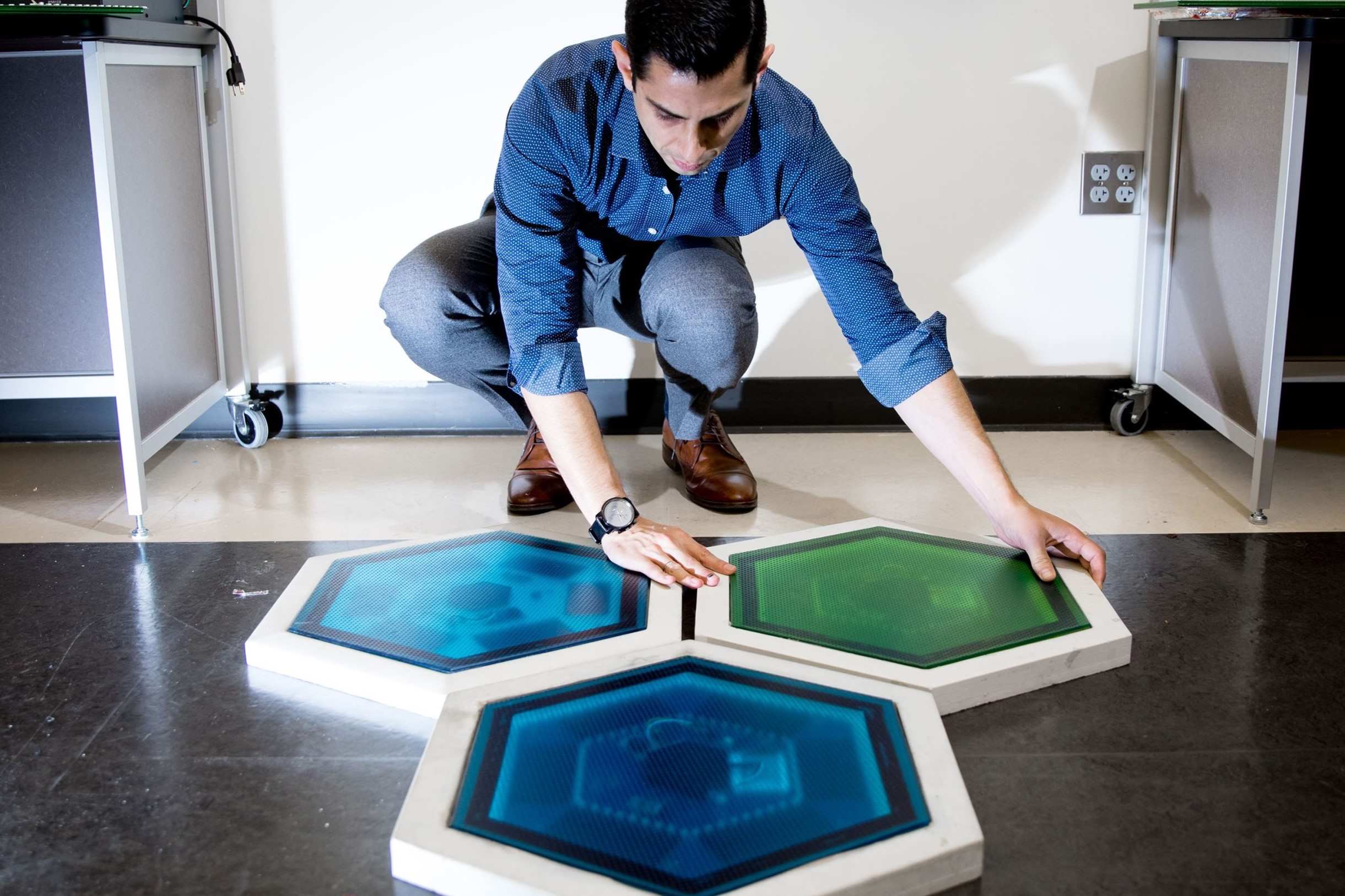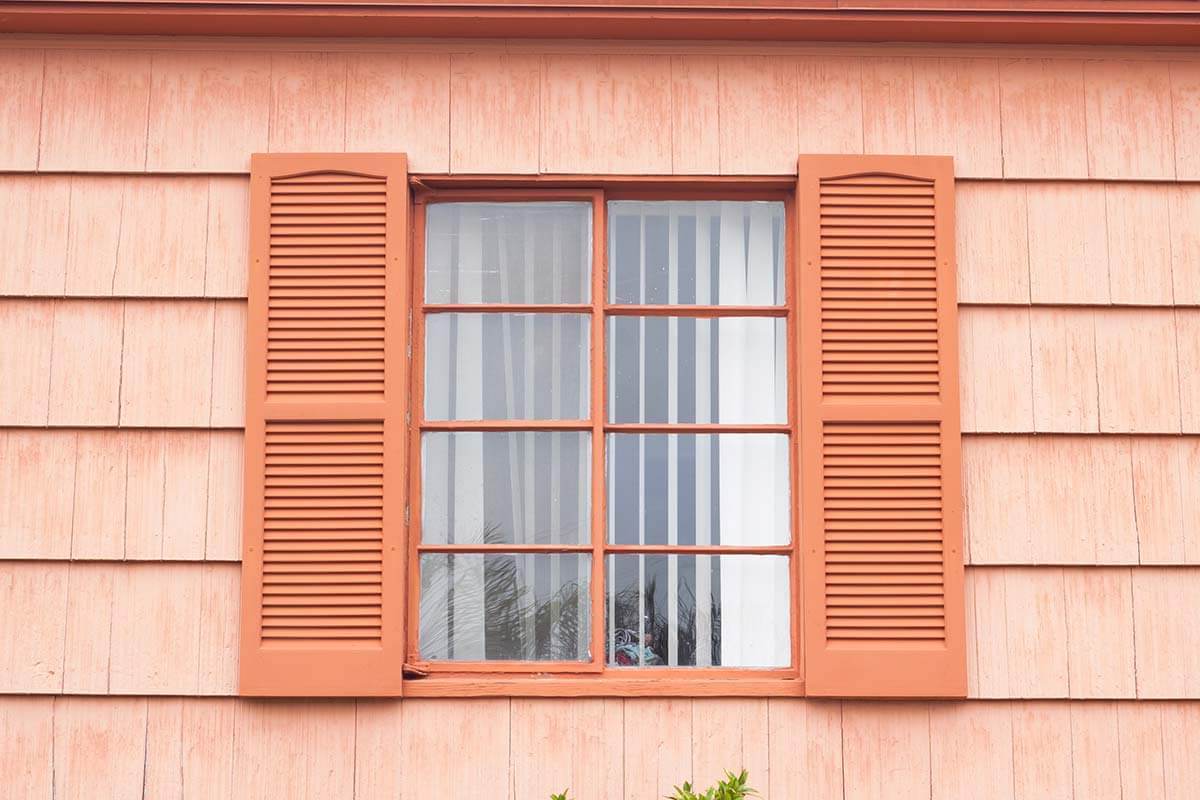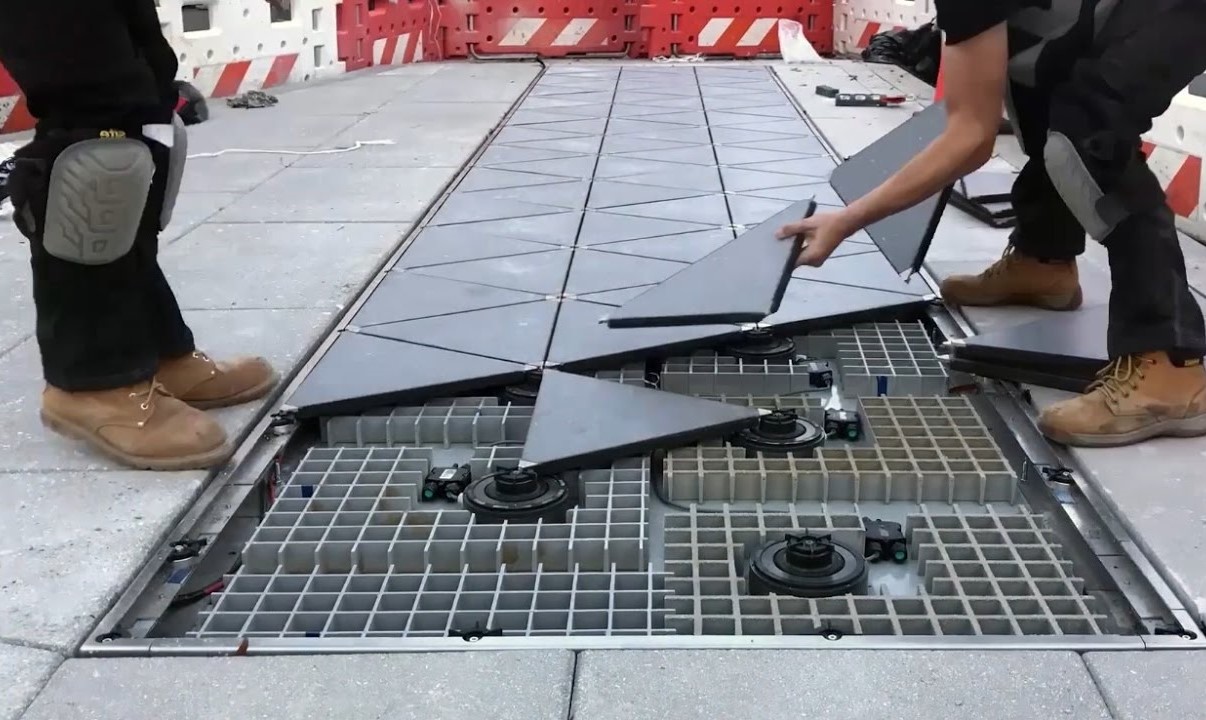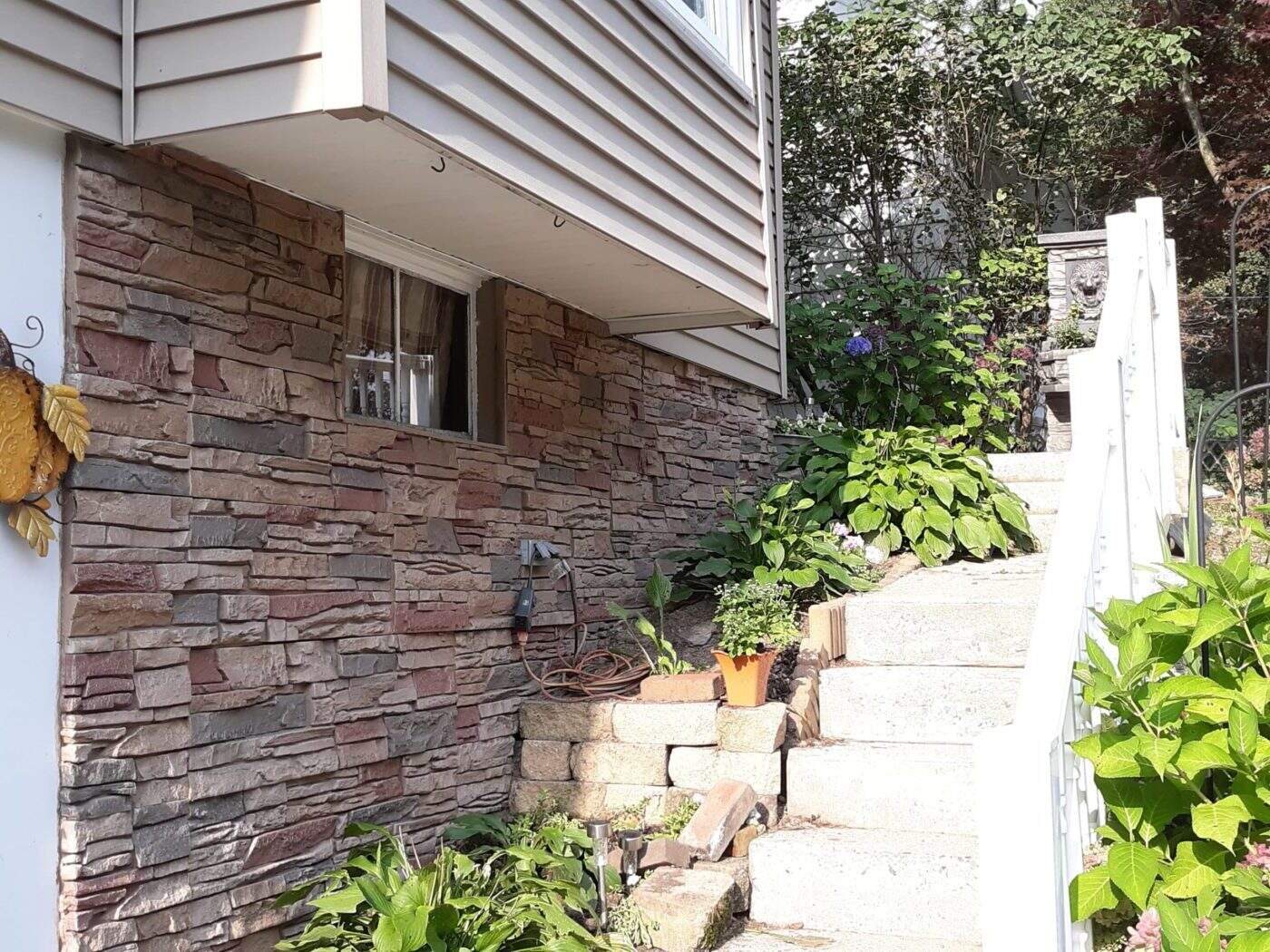Home>Ideas and Tips>Upgrading Your Home’s Exterior With DIY Piezoelectric Walkway


Ideas and Tips
Upgrading Your Home’s Exterior With DIY Piezoelectric Walkway
Published: September 21, 2024
Upgrade your home's exterior with a DIY piezoelectric walkway. Harness foot traffic energy for sustainability and aesthetic appeal. Learn how to build it now!
(Many of the links in this article redirect to a specific reviewed product. Your purchase of these products through affiliate links helps to generate commission for Storables.com, at no extra cost. Learn more)
Introduction
Enhancing the exterior of your home can be a game-changer. From upgrading the front door and entryway to landscaping and garden design, each element plays a crucial role in creating a welcoming and inviting atmosphere. But what if you could combine aesthetics with sustainability? Enter piezoelectric technology for walkways. This article will dive into the world of piezoelectric energy harvesting, explore its applications in walkway design, and provide a comprehensive guide on how to upgrade your home's exterior with DIY piezoelectric walkways.
The Power of Piezoelectric Energy Harvesting
Piezoelectric energy harvesting is a technology that converts mechanical stress into electrical energy. This process involves the use of piezoelectric materials, which generate an electric charge in response to mechanical deformation. The concept is not new; it has been studied extensively in various fields, including medical imaging, industrial nondestructive testing, and even powering motorized vehicles.
How Piezoelectric Walkways Work
Piezoelectric walkways harness the mechanical energy generated by foot traffic. Here’s how it works:
- Mechanical Energy Generation: As people walk on the walkway, their footsteps create mechanical stress on the piezoelectric tiles or strips embedded in the surface.
- Piezoelectric Response: The piezoelectric materials convert this mechanical stress into electrical energy.
- Energy Conversion: The generated electrical energy is then converted into a usable form, such as DC power, which can be stored in batteries or capacitors.
- Powering Devices: The stored energy can be used to power various devices like LED lights, sensors, or even small appliances.
Benefits of Piezoelectric Walkways
Aesthetic Appeal
Piezoelectric walkways offer a unique opportunity to enhance the aesthetic appeal of your home's exterior. By incorporating decorative elements like mosaic medallions or routed borders etched with patterns, you can create visually appealing pathways that guide visitors through your property.
Sustainability
One of the most significant advantages of piezoelectric walkways is their sustainability. By harnessing energy from foot traffic, you reduce your reliance on traditional power sources and contribute to a more eco-friendly environment. This technology aligns perfectly with the growing trend of sustainable living and green architecture.
Safety and Functionality
Well-built piezoelectric walkways not only look great but also serve essential safety and functional purposes. Sturdy construction using weather-resistant non-slip materials helps prevent slips and falls, especially important in snow and rain conditions. Strategically placed lighting deters intruders and brightens dark corners, ensuring safe nighttime passages.
Designing Your DIY Piezoelectric Walkway
Creating a DIY piezoelectric walkway is an exciting project that requires careful planning and execution. Here’s a step-by-step guide to help you get started:
Materials Needed
- Piezoelectric Tiles or Strips: These are the core components of your walkway. You can purchase them from specialized suppliers or online retailers.
- Substrate Material: This could be concrete, asphalt, or even wood. Ensure it is durable and can withstand foot traffic.
- Adhesive: A strong adhesive is necessary to secure the piezoelectric tiles or strips to the substrate.
- Wiring and Connectors: For connecting the piezoelectric tiles to a power storage system.
- Power Storage System: Batteries or capacitors to store the generated electrical energy.
- Optional Decorative Elements: Mosaic medallions, routed borders, flower-filled planter boxes, etc., to enhance aesthetic appeal.
Step-by-Step Instructions
-
Plan Your Walkway Design:
- Determine the length and width of your walkway based on your property’s dimensions.
- Choose a design that complements your home’s architecture and landscaping.
-
Prepare the Substrate:
- Clean and prepare the surface where you will install the piezoelectric tiles or strips.
- Ensure it is level and even to prevent uneven stress distribution.
-
Install Piezoelectric Tiles or Strips:
- Apply a strong adhesive to the substrate and attach the piezoelectric tiles or strips.
- Ensure they are evenly spaced and securely attached.
-
Connect Wiring and Power Storage System:
- Connect the piezoelectric tiles to a wiring system that leads to a power storage system (batteries or capacitors).
- Use connectors to secure the wiring in place.
-
Add Decorative Elements (Optional):
- Incorporate decorative elements like mosaic medallions or routed borders etched with patterns to enhance aesthetic appeal.
- Add flower-filled planter boxes intermittently along path routes to inject color and texture.
-
Test and Monitor:
- Test your walkway by walking on it to ensure it is generating electricity.
- Monitor the power output using a multimeter or other measuring devices.
Practical Applications and Case Studies
Real-World Applications
Piezoelectric walkways have been tested in various settings, including public spaces and private properties. Here are some practical applications:
- Public Spaces: In Japan, a power-generating floor was installed in a train station, which harvested energy from over 400,000 daily pedestrians.
- Private Properties: A smaller-scale project involved embedding piezoelectric sensors under a dance floor in a discotheque, which powered almost 60% of the venue’s lighting.
Case Study: Israel’s Highway Project
Innowattech successfully tested piezoelectric generators on a 10-meter stretch of road in Israel. The project showed promising results with a total power output of 2000Wh for the 10-meter strip. Plans are underway to expand this test area to nearly a kilometer, potentially powering more than 500 homes.
Seasonal and Special Considerations
Adapting Curb Appeal to Different Seasons
Enhancing your home’s curb appeal involves considering both seasonal shifts and special circumstances. Each season brings its own charm and challenges:
- Spring: Planting seasonal flowers and tending to the lawn can inject new life into the landscape.
- Summer: Focus on outdoor maintenance projects like painting or repairing decks and patios.
- Autumn: Add seasonal decor and prepare gardens for winter.
- Winter: Ensure walkways are clear of snow and ice, along with strategic lighting to make your home feel welcoming even in cold months.
Eco-friendly and Sustainable Options
Embracing sustainability in exterior upgrades not only benefits the environment but can also add a unique appeal to your home:
- Eco-friendly Materials: Use eco-friendly materials for siding, roofing, and landscaping.
- Energy-efficient Lighting: Incorporate energy-efficient lighting and solar fixtures to reduce energy consumption.
- Native Plants: Incorporate native plants into the landscape to reduce water usage and support local ecology.
- Rainwater Harvesting Systems: Consider rainwater harvesting systems and permeable paving options to enhance environmental responsibility.
Conclusion
Upgrading your home's exterior with DIY piezoelectric walkways is an innovative way to enhance both aesthetics and sustainability. By harnessing energy from foot traffic, you contribute to a more eco-friendly environment while creating visually appealing pathways that guide visitors through your property. With careful planning and execution, you can transform your walkways into functional and beautiful elements that reflect your personal style and commitment to sustainability.
Whether you’re looking to add a simple garden path or dreaming up a whole new entryway, the possibilities for your outdoor walkways are endless. By embracing piezoelectric technology in your DIY project, you not only elevate your home’s curb appeal but also join the growing trend of sustainable living. So why wait? Start planning your DIY piezoelectric walkway today and experience the power of innovation in enhancing your home’s exterior.
Was this page helpful?
At Storables.com, we guarantee accurate and reliable information. Our content, validated by Expert Board Contributors, is crafted following stringent Editorial Policies. We're committed to providing you with well-researched, expert-backed insights for all your informational needs.













0 thoughts on “Upgrading Your Home’s Exterior With DIY Piezoelectric Walkway”